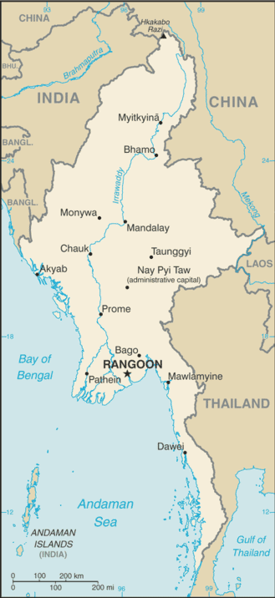Myanmar has seen 10,101 dengue fever cases, including 54 deaths during the first six months of 2017, according to an Eleven Myanmar report.

The country’s largest city, Yangon has reported more than 2800 cases and 18 deaths.
The country has experienced a year-on-year increase in dengue infection rates. An average of more than 10,000 people are infected with dengue fever every year.
In the past 50 years, the incidence of dengue worldwide has increased 30-fold, largely as a consequence of the growth of cities and increased travel.
Dengue fever is an infectious disease carried by mosquitoes and caused by any of four related dengue viruses. This disease used to be called “break-bone fever” because it sometimes causes severe joint and muscle pain that feels like bones are breaking.
People get the dengue virus from the bite of an infected Aedes mosquito. It is not contagious from person to person. For more infectious disease news and information, visit and “like” the Infectious Disease News Facebook page
There are three types of dengue fever in order of less severe to most: the typical uncomplicated dengue fever, dengue hemorrhagic fever (DHS) and dengue shock syndrome (DSS).
The World Health Organization (WHO) estimates there may be 50–100 million dengue infections worldwide every year. However, research from the University of Oxford and the Wellcome Trust, using cartographic approaches, estimate there to be 390 million dengue infections per year worldwide.
Are you one of the 90 million snorers in the U.S.? See what ZQuiet’s customers have to say!
Related:
- Texas issues Cyclospora health advisory
- FDA approves breast cancer treatment, Nerlynx
- Sri Lanka dengue cases 3 1/2 times higher than 5 year average
- Rift Valley fever case reported in Mali
- UNICEF/WHO release troubling vaccination data
- Philippines DOH introduces Vaccination Boys PSA
- Yemen: Cholera epidemic tops 350,000 cases

